Name of the Product: ISAMI (shop here)
Type of Tea: Competition Grade Sencha
Producer: Kakuda Seicha
Location: Okuyame, Fukuoka Prefecture, Kyushu, Japan
Read About Kakuda San below.
Since 1970, Kakuda Seicha has been crafting teas that embody the natural beauty of Okuyame, guided by third-generation Tea Master Kakuda Tatsuya. Their success stems from the natural blessings of the region and a meticulous, data-driven approach to tea cultivation. One of their standout teas, Isami, is a competition-grade sencha with an exceptionally high theanine concentration of 2%.
Enjoy this tea like Kakuda san!
Kakuda san’s recommended steeping parameters:
70°C (158°F) water
8g (2 teaspoons) tea
200ml (~6.76 fl oz) vessel
30-to-40-second steeps
A light and delicate vegetal aroma, reminiscent of fresh spring vegetables, escaped the sealed bag after I cut it open. There was a hint of a slightly toasted note beneath the vegetal scent, like that of sautéed spring vegetables and dark leafy greens.
I took a few short breaths in and out through my nose and inhaled the sweet vegetal aroma. I also noticed a subtle hint of bright fruitiness, like the crispness of a ripening persimmon and the vibrancy of fresh currants. I set a few pieces of teaware on the table in front of me: a small kyusu, two cups, a small bowl, and a tea towel. After laying out the teaware, I heated the water in my kettle and poured the warm water into the kyusu and the two cups. I let the water sit in the kyusu and cups for a few minutes to warm them.
I then decanted the water from the kyusu and cups and closed the lid of the kyusu to keep it warm. After weighing the tea in the small bowl, I slowly poured the dry leaves into the warmed kyusu before closing the lid again.
After letting the dry leaves sit in the warmed kyusu for a minute, I lifted the kyusu to my nose, lifted the lid slightly, and took a few short breaths in and out. The fruity characteristics of the tea were more prominent in the aroma. There was also a stronger vegetal note, like fresh dark leafy greens. The warmth of the kyusu highlighted the underlying sweetness and toasted characteristic of the tea.
1st Steep
After smelling the dry tea leaves in the warmed kyusu, I slowly poured the warm water into the kyusu to avoid agitating the leaves too much, watching as they moved with the stream of water. Once the water reached the top of the kyusu, I closed the lid and waited 40 seconds. I decanted the tea equally between the two cups, making sure to pour every drop from the kyusu. I patiently tilted the spout of the kyusu and watched as the last remaining drops flowed into the cups. The tea liquor was a light green hue with hints of a darker medium green.
As the tea settled in the cups, I lifted the lid of the kyusu, brought it toward my nose, and smelled the warm wet leaves. The wet leaves had a sweet vegetal aroma with a pronounced sweetness and a very light nutty characteristic, like toasted soybeans. I closed the lid of the kyusu and held one of the cups in my hands, feeling the warmth.

ISAMI liquor 1st Steep
A familiar delicate vegetal aroma wafted from the cup as I lifted it to my mouth. I took a sip of the tea, and the light-bodied tea had a smooth texture with a persistent umami characteristic that coated the inside of my mouth and lingered in the finish. The bitterness and astringency of the tea were subdued by the layered sweetness and umami. The fruity characteristics were balanced with a delicate vegetal note of fresh spring vegetables.
There was also a subtle floral note, like fresh gardenia, that was more noticeable in the finish. After finishing the cup, I smelled the empty cup, and it smelled sweet, like the sweetness from biting into a fresh vegetable.
2nd Steep
I poured more warm water into the kyusu and steeped the tea again for 30 seconds using the same water temperature. The tea’s hue was a darker medium green with hints of pale gold.
The second steep had more pronounced fruity and floral characteristics that balanced nicely with the umami. There was more sweetness in the finish, and the vegetal characteristics were more reminiscent of cooked fresh asparagus and spinach. The aroma of the wet leaves became softer and slightly sweeter, and the floral notes were more prominent in the aroma of the liquor.
The bitterness was slightly more present beneath the umami characteristic in the finish, and there was mild astringency and a drying sensation on the sides of my cheeks toward the back of my mouth.
ISAMI : 2nd Steep
I steeped the tea another two times for 30 seconds each. The third steep had a medium green hue with a more subdued umami characteristic and a slightly heavier body.
The vegetal and umami characteristics balanced in the finish of the tea. The floral and fruity characteristics became more noticeable in the third steep, especially in the finish. These characteristics persisted through the first three steeps, presenting themselves under the layers of the tea.
The umami characteristic began to fade, and there was less bitterness and astringency in the finish of the third steep. The wet leaves smelled more vegetal and slightly nutty. The fourth steep yielded a light-bodied, delicate cup of tea. The liquor was lighter in hue with a more subdued umami characteristic and a shorter finish.
The aroma of the liquor and wet leaves was more delicate and balanced, with a lingering, softer sweetness in the finish. The tea’s complex umami characteristic and lingering sweetness are highlighted when following Kakuda san’s recommended steeping parameters. This tea is made with the Yabukita and Ooiwase cultivars.
Third & Fourth Steep !
Make this tea for any occasion!
Ice brew (kōridashi) preparation: This tea can also be prepared using a method called kōridashi. Place an ice cube over 3–4 grams (about 1 teaspoon) of dry tea leaves in a cup and let it melt for approximately 30 minutes. To initiate the melting process, you can pour a small amount (around 10 ml or 0.33 fl. oz) of warm water over the ice cube.
Read about food pairing recommendations below.
This tea can be enjoyed on its own or paired with lightly dressed salads featuring fresh vegetables and a hint of lemon juice. It also complements fish dishes like haddock or cod, as well as steamed or roasted vegetables and rice. The creaminess of brie or camembert softens the tea’s astringency, while simple sweets such as madeleines and shortbread cookies provide a nice contrast to its aromatic, umami-rich profile.








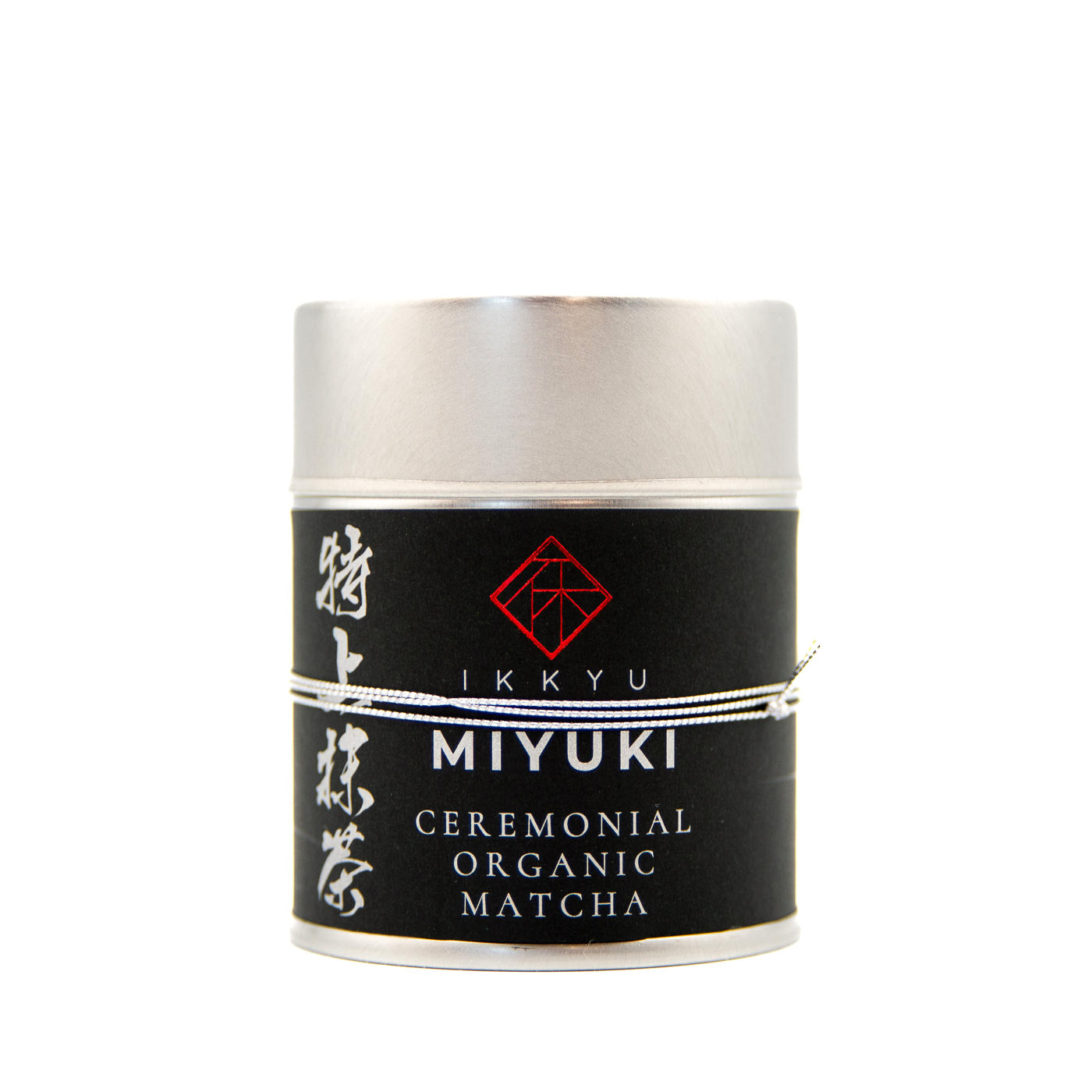


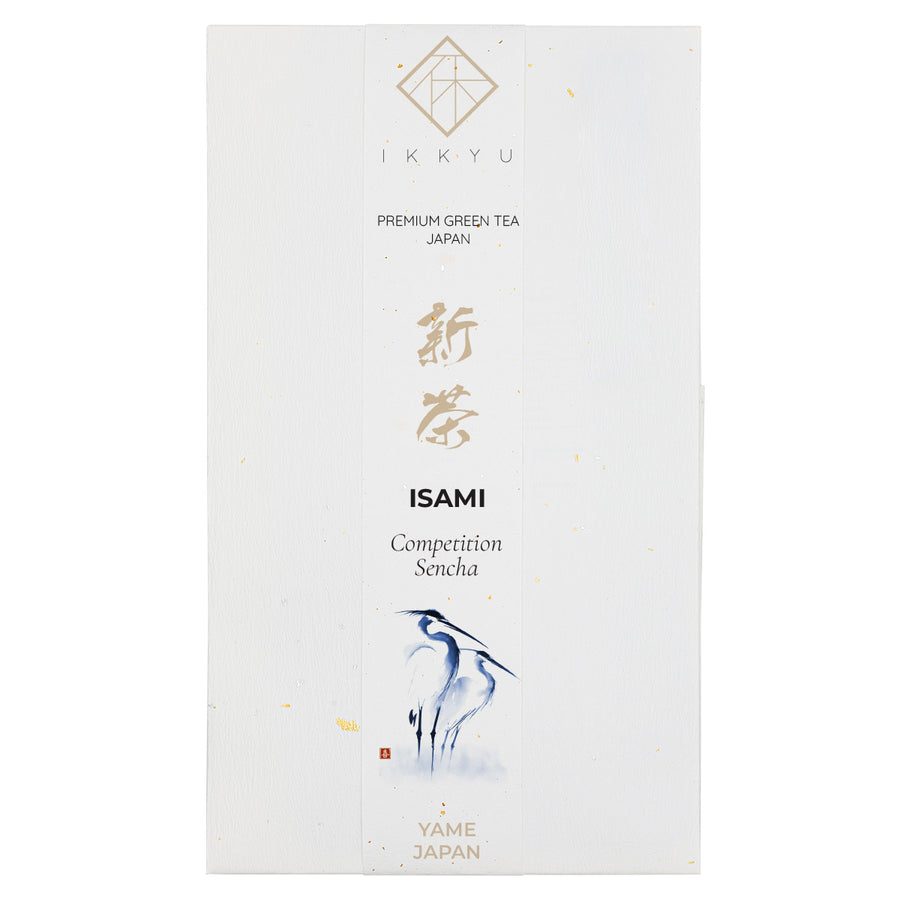
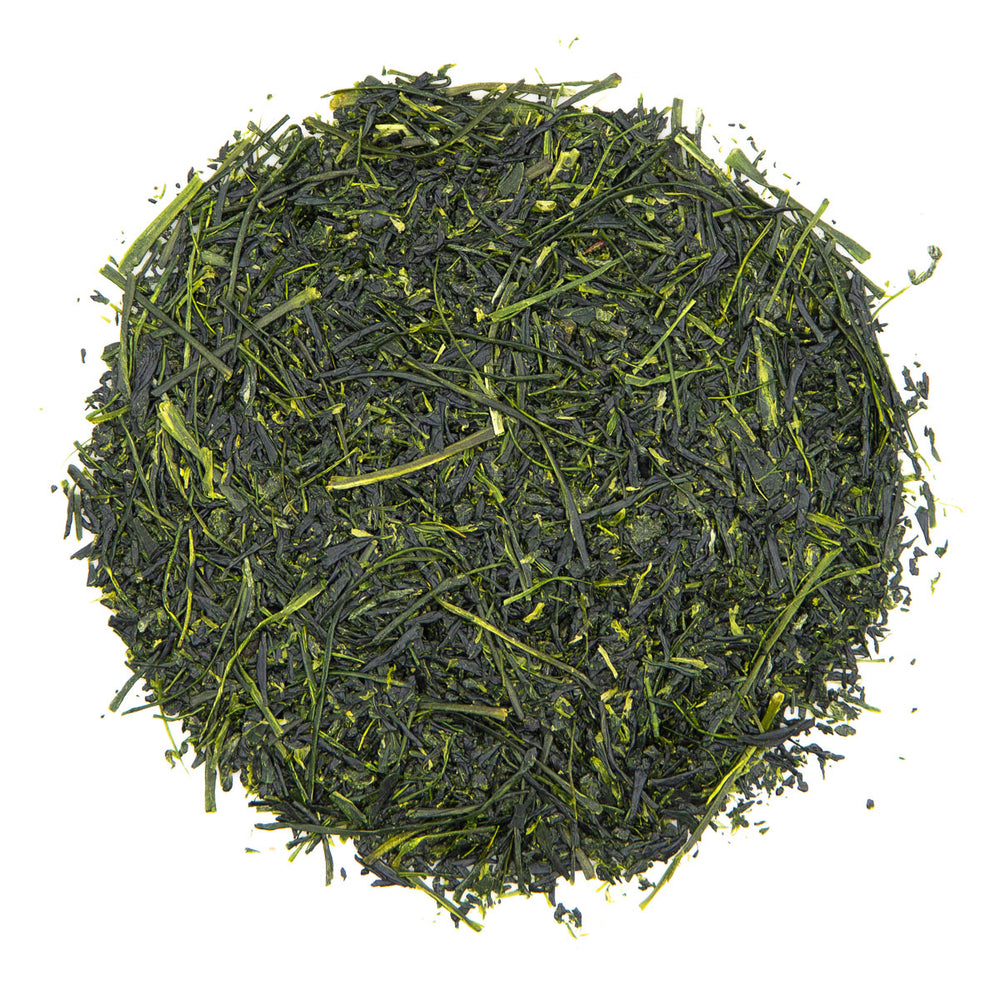
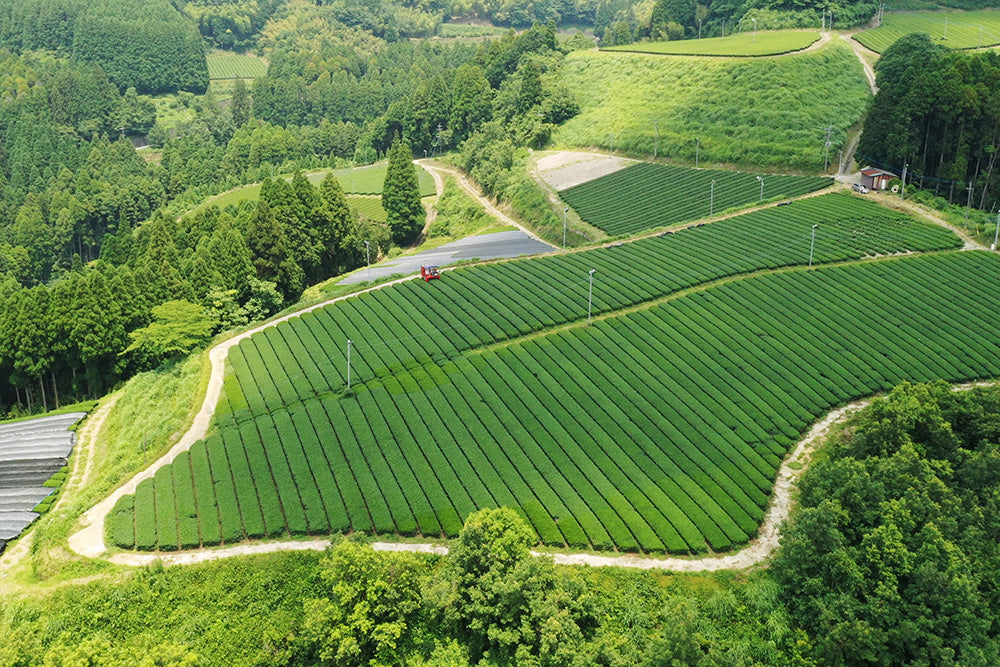

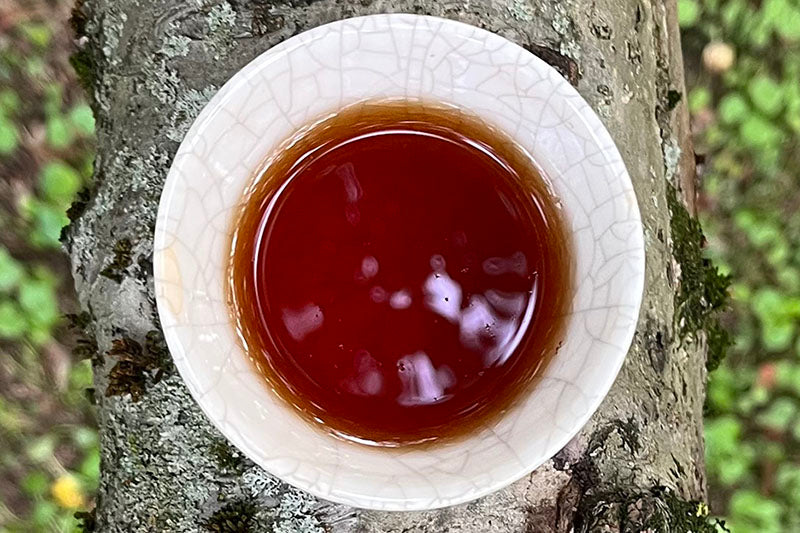
Leave a comment